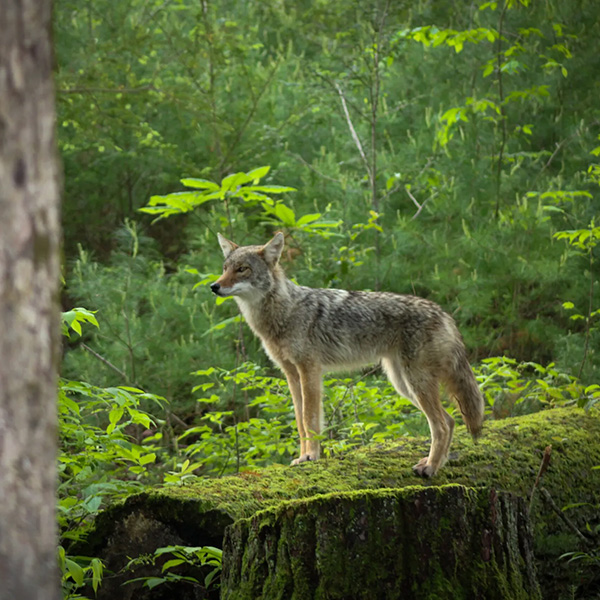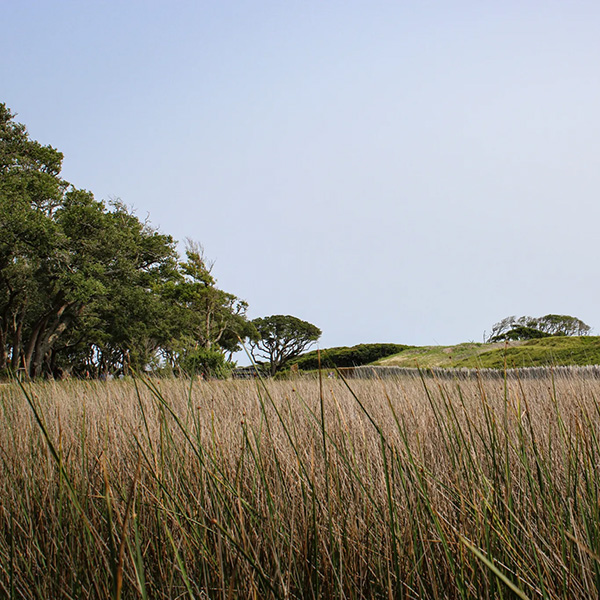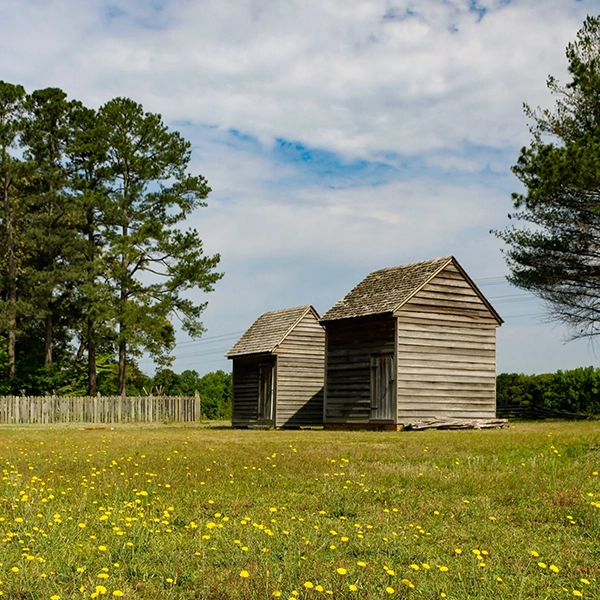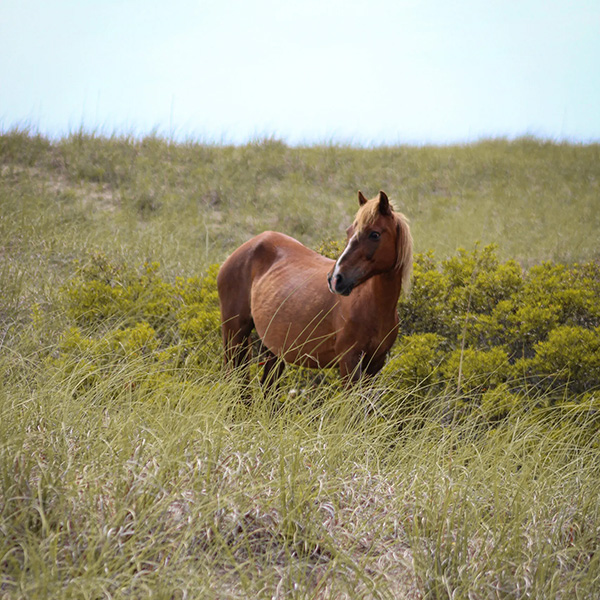
The black walnuts have fallen.
Every time I see them scattered underfoot, I think of being a young’un. They take me straight back to the days when Ebie and I waged backyard wars, using them for ammo. They left a nasty pumpknot if you got pinged in the back of the head.
Back home in Haywood County, folks foraged for black walnuts every fall—stooping under the trees, buckets in hand—and turned them into all kinds of treats. Cakes, breads, cookies… all marked by that bold, unmistakable flavor.
I miss that. We found out the hard way that Belle’s allergic to them. No black walnut desserts have come out of my kitchen since—just the memory of the smell, the taste, and one poor kid covered in hives.
Unfortunately for Belle, there’s no escaping black walnut trees around here. They grow wild all across North Carolina—from the sandy coastal plain to the steep mountainsides of Appalachia. You’ll find them along riverbanks and in rich hardwood forests, where they can tower a hundred feet high, their bark rough as cornmeal and their crowns wide enough to shade a small yard.
Come fall, their leaves turn a bright, buttery yellow before drifting down, and some of these giants live for centuries.
Native Americans once used every part of the tree—the hulls to stun fish, the inner bark for medicine, and the nuts for food. Later, European settlers prized the dark, durable wood for furniture and gunstocks, and they boiled the hulls to make brown dye.
By late September, the trees start dropping their heavy green fruits. They’ll stain your hands (and anything else they touch) dark brown, so anyone who’s ever gathered them knows to wear gloves and work outside.
Once hulled, the nuts need a few weeks to dry in a cool, rodent-proof spot until the shells harden. Cracking them open takes a hammer, vise, or pure stubbornness—but that rich, earthy kernel inside makes every busted knuckle worth it.
Black walnuts are particular about their company. Their roots release a natural chemical called juglone that keeps certain plants—like tomatoes, potatoes, and blueberries—from growing nearby. It’s nature’s way of saying, I need my space.
Sadly, the walnut twig beetle carries a disease called thousand cankers that’s wiped out trees out west and has started creeping into North Carolina. Folks are keeping watch for the telltale signs: tiny beetle holes and branches dying back.
Still, every fall, foragers across the mountains and Piedmont fill buckets with wild walnuts, and a few growers tend improved varieties with bigger, easier-to-crack shells. But the wild ones? They’re the real deal—bold, earthy, and just a little astringent.
To me, that taste is fall itself, baked right into the pies, breads, and memories of home.
















